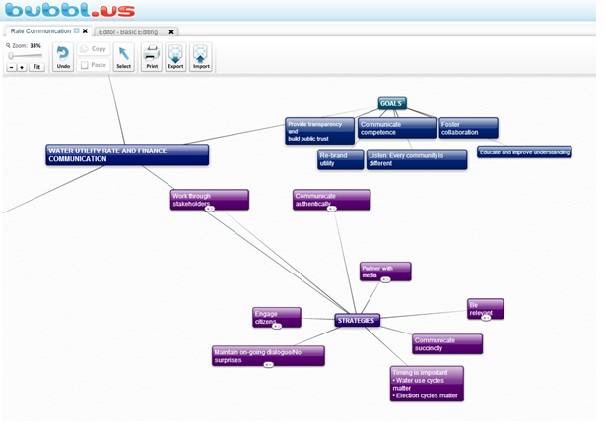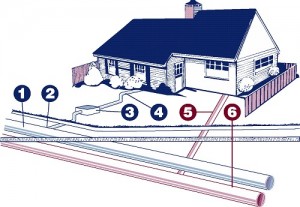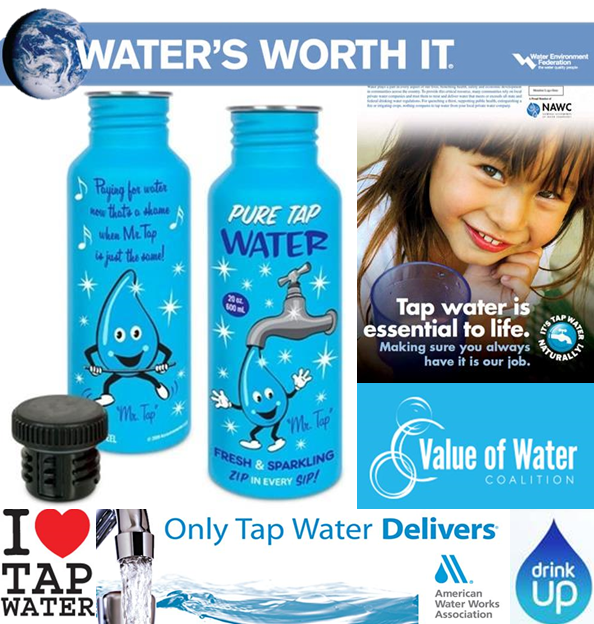Water utilities face trying times when communicating the need to increase rates to cover the increasing costs of operating water and wastewater utilities. The issues are complex. The public is constantly bombarded with news from their phones, TVs, computers, etc., and Board turnover can wipe-out years of institutional knowledge. Additionally, customers have a general distrust for water utilities. Perhaps it’s from a history of underpricing and a reluctance of water utilities to actively market themselves (i.e. the “silent service”). Or maybe customers see water rates as just another tax.








